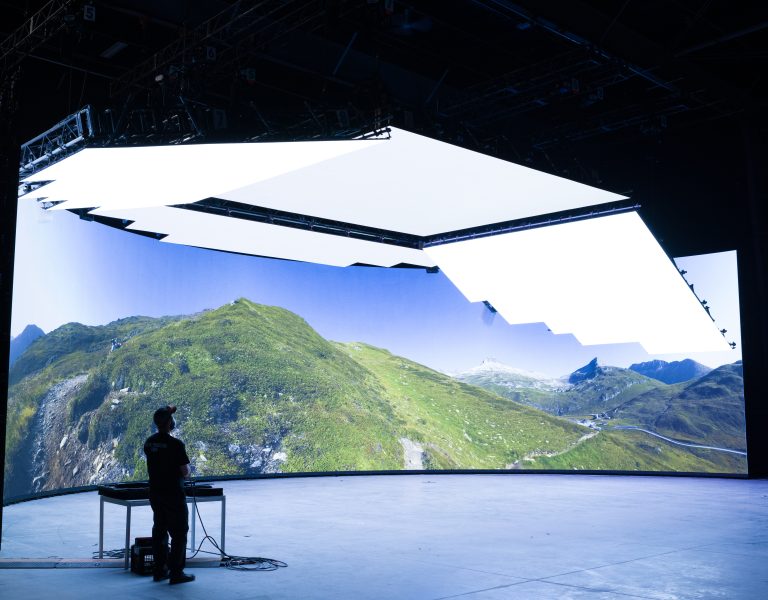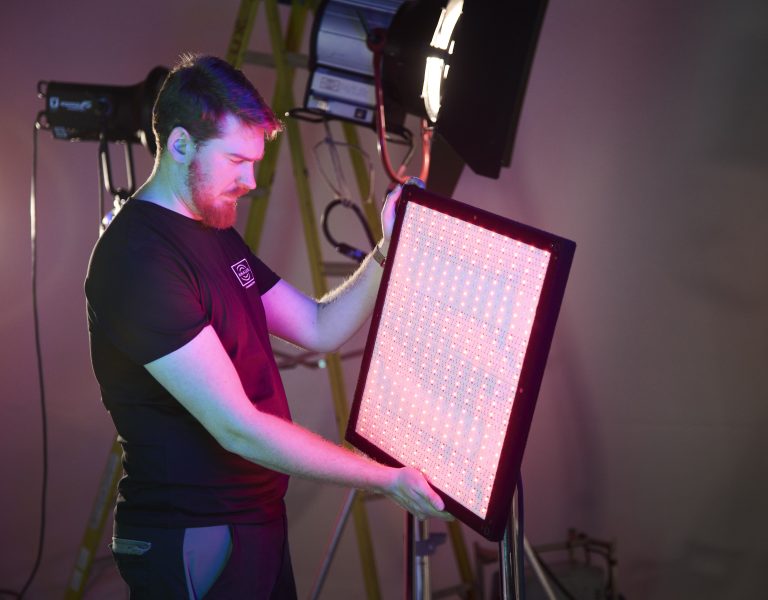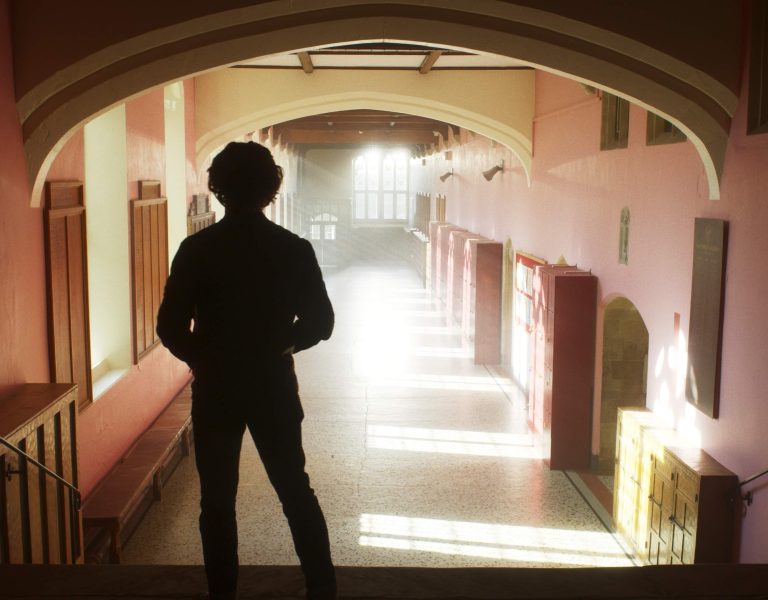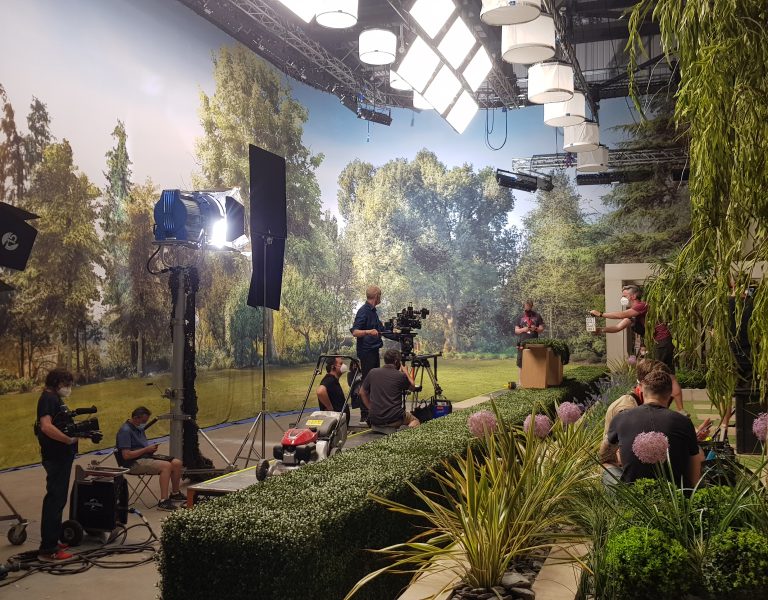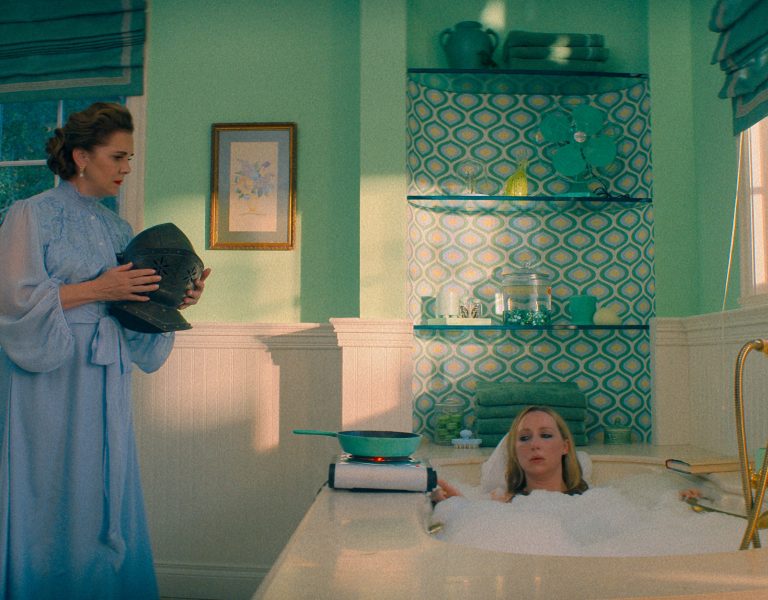There’s a certain subset of lighting techniques that film schools can’t teach. Cinematographer Owen McPolin ISC sheds some light on the creative thinking and resulting methods used when illuminating spaces.
Even the highest-end shows will eventually present a camera team with problems which require a solution nobody has ever used before. Owen McPolin ISC has been shooting mainly for television since the late ‘90s, with recent credits including episodes of Penny Dreadful, Ripper Street and Shadow and Bone. He tells us that even the best-prepared production might occasionally provoke desperate measures.
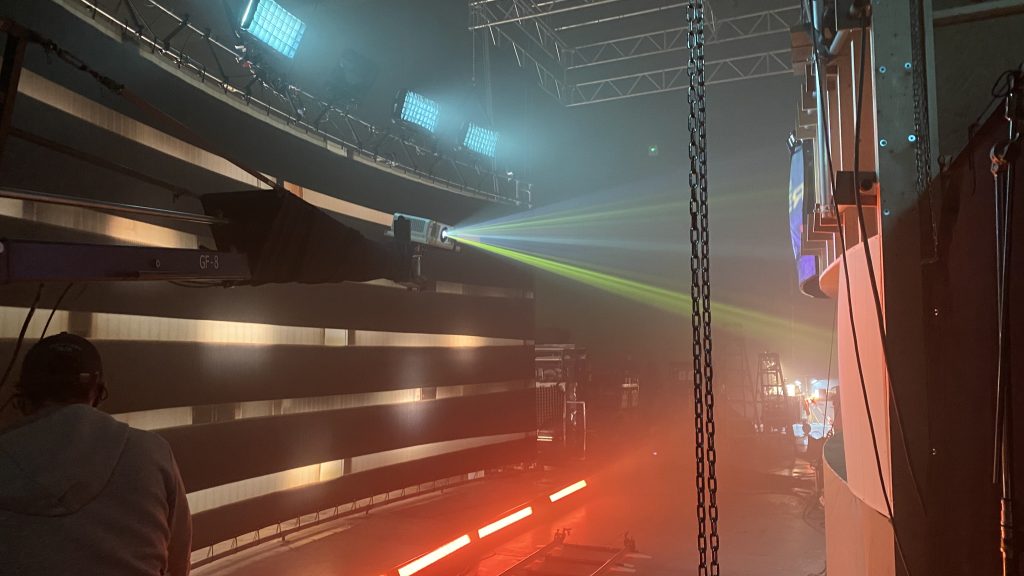
“Because of the world I work in – TV shows, eight or 10 episodes long – there’s usually a long period of prep. You have a period of time when you can decide what you’re going to do in a particular circumstance, and sometimes that can tie you down. You don’t know if it’s going to work – you hope it will. On Shadow and Bone, a few years ago, shooting in Budapest, there’s a scene where our hero is tracked to a forest which was in a large warehouse.”
“It was snowy, a nighttime sequence,” he continues, “a scene where the lead character and her romantic interest take a moment to sit down beside a fire, or in this case light she’s developing from her hand. The director said this is fine, but is there anything we can do that would give us anything else? We thought, ‘Okay, what are we going to do?’ I could just bring in a T20 or a T12 for sunset – that’s quite romantic. But it’s too close to the backdrop; we’ll see the lamp. Then we thought let’s just cut a hole in the cyc. We got a Leatherman off the camera assistant and cut a two-foot-diameter hole, put some black behind it, and rolled the light in.”
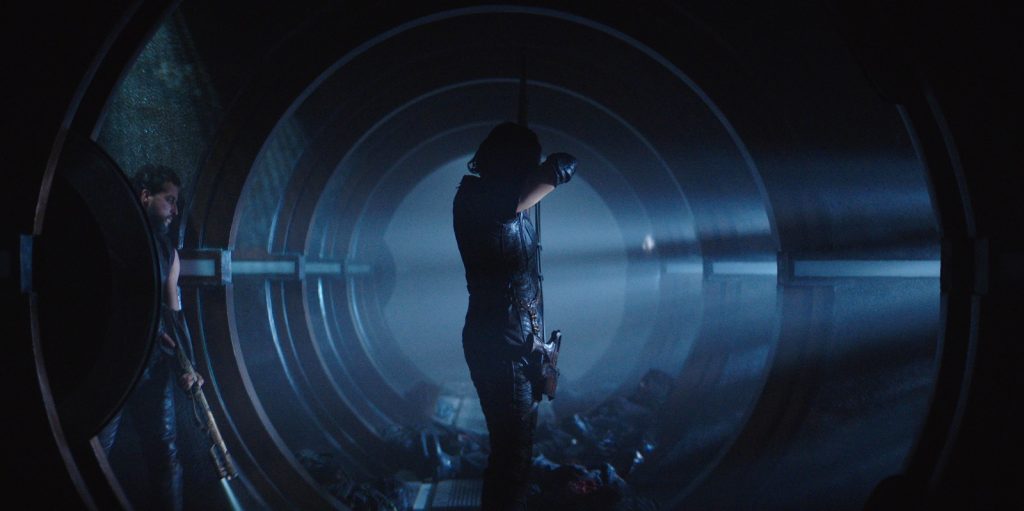
Chagrined production designers aside, McPolin describes this sort of last-minute decision as encouraging creative thinking. “This has only happened in the last few years as I relaxed more, becoming willing to go to the director and say ‘are we missing the trick here, are we approaching this in a more formulaic way’ – is there something that instigates something in the performers or direction… and it might not even be related to the initial suggestion, but it instigates a process of thought that sometimes we lose by being so rigorous to our plans and forethoughts.”
Sometimes, innovation can coincide with disaster recovery. On a production to be released later this year, McPolin was required to turn day into night on cue: “We shot it in Lanzarote, in an open-air cactus farm, and we were talking about it for ages. We thought, ‘What if it’s evening, then we have a chance,’ so we mounted a SoftSun and eight, maybe 12 T20s on a rig which would create really massive sunset backlight. We’d have three large backlights, each one on a large crane, depending where we were looking. Each box contained about 40 SkyPanel S60s, and we’d crossfade from the SoftSun and T20s to the overhead softbox. And it worked!”
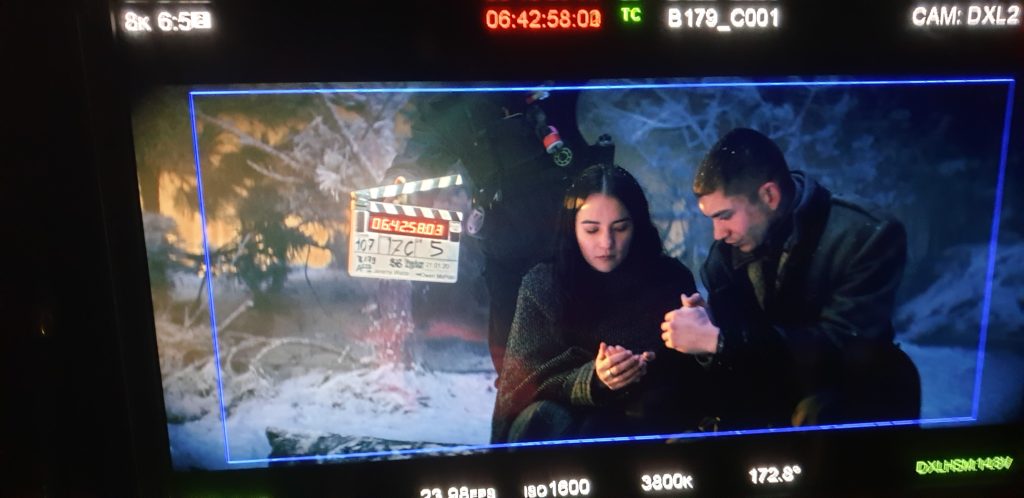
But things were soon to become complicated. “We had three camels, 150 extras and all our key cast, and all our backlight set up. It was all going fine, then one of the camels broke loose from its animal handler and ran out of the cactus garden at speed, hitting the water main with its hoof. A huge jet of water emanated from the water main, scattered the extras, flooded the electrical distribution and all the lights went out.”
McPolin reports a meaningful exchange of glances between himself and the director. “I said, ‘Don’t worry, it’s fine, we’ll get the cables out of the water and retrieve the camel.’ About an hour later the DIT tent was moved away from the flood and we were back at work. If it all went smoothly it’d be so boring!”
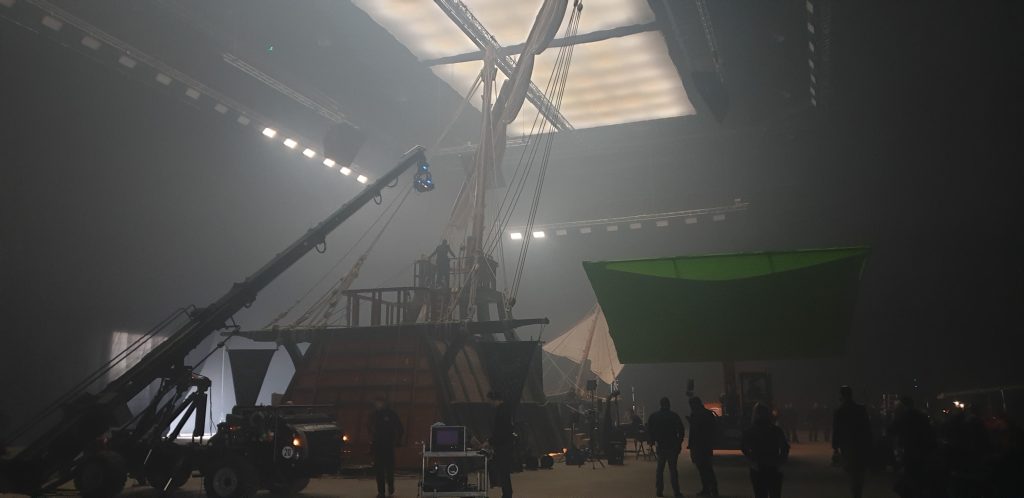
–
Words: Phil Rhodes












